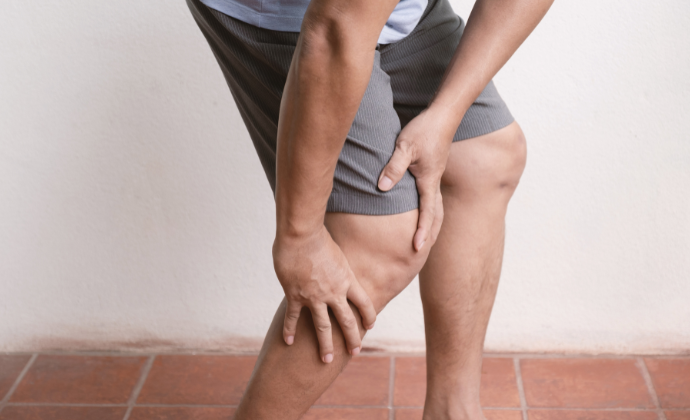Managing Restless Legs Syndrome with Parkinson’s

How Can I Talk to Children About Parkinson’s?
18th June 2025
New Molecule Could Lead to New Treatments for Parkinson’s in Younger Patients
20th June 2025Managing Restless Legs Syndrome with Parkinson’s

Managing Restless Legs Syndrome with Parkinson’s
Restless legs syndrome, sometimes called Willis-Ekbom disease, is a condition that causes an overwhelming urge to move your legs. This can cause discomfort. People with Parkinson’s have described it as a ‘creepy-crawly’ feeling, or that it feels like they have fizzy water in their veins.
Here are some tips for managing restless legs syndrome.
Get a good night’s sleep
Establish a regular sleeping pattern and make sure you have a cool and comfortable sleeping environment. Try to avoid heavy blankets or clothing.
Warm your legs up
Have a warm bath or try a hot (but not too hot) or cold compress on your legs.
Stimulate your legs
Try massaging your legs, going for a walk and gently stretching your muscles.
Manage your diet with a dietitian
Not having enough iron in your body can cause restless legs syndrome. Your healthcare professional can check your iron levels for you.
You could try an iron supplement or eating iron-rich food such as red meat, fish or certain fruit like prunes. Talk to an accredited dietitian to get support before making changes to your diet.
Yoga and restless legs syndrome
Some new studies suggest that yoga might help ease symptoms of restless legs syndrome, but research is ongoing, so there isn’t enough evidence yet to understand the full benefits. We do know that people with Parkinson’s tell us that yoga is useful for managing their Parkinson’s in general.
Physiotherapist Bhanu Ramaswamy explains in more detail:
“We know from anecdotal stories, and from research evidence, that yoga can help lessen slowness and stiffness, improve balance and flexibility (especially in hips and ankles), and increase muscle strength and power. There are lots of different forms of yoga, and specific poses can work on different parts of the body. “
“Some research has also shown the benefits of yoga in helping to reduce the symptoms of restless legs syndrome, especially if done with slow stretches combined with breathing techniques. So overall, yoga might be a great all-round activity for people with Parkinson’s to ease a number of issues and improve day to day life.”



